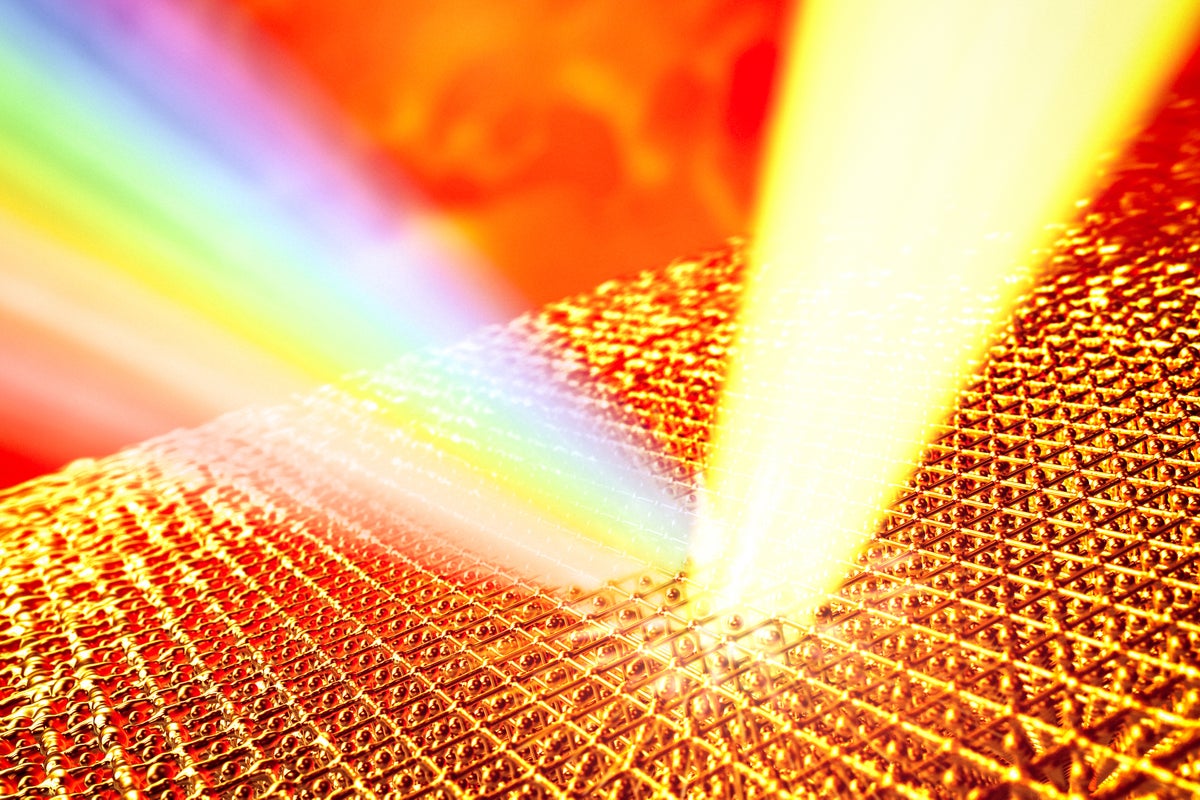
"The researchers reported an astonishing temperature of 19,000 kelvins for a nanometers-thick sample of gold, surpassing the expected melting temperature of gold significantly."
"By heating the gold sample with a laser for only 45 femtoseconds, the solid could achieve superheated temperatures without melting, challenging existing thermodynamic theories."
"The measured temperature exceeded gold's proposed entropy catastrophe limit, where higher entropy in solid gold was thought to violate thermodynamic laws."
Researchers achieved a remarkable experiment by heating a nanometers-thick gold sample to 19,000 kelvins without melting, an event that defies established thermodynamic principles. This temperature greatly exceeds the typical melting point and challenges theories concerning the entropy catastrophe limit of solid materials. The superheating was possible due to an ultrafast laser pulse lasting only 45 femtoseconds, preventing the material from expanding and allowing it to remain solid. Although these findings are groundbreaking, their applicability to regular solids under typical conditions is still under question.
Read at www.scientificamerican.com
Unable to calculate read time
Collection
[
|
...
]